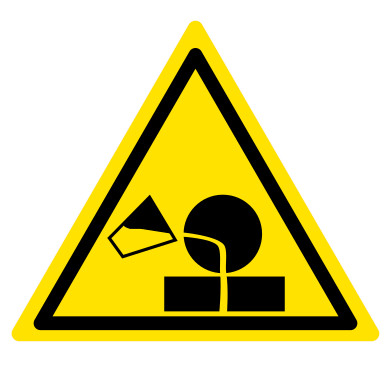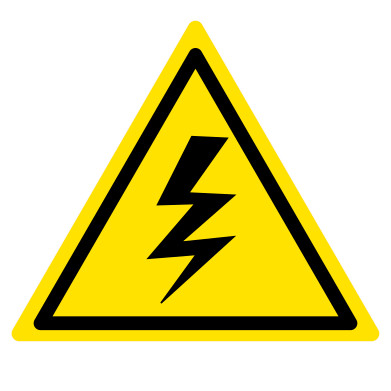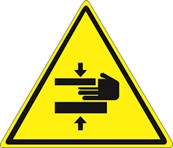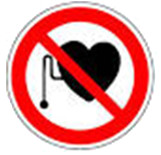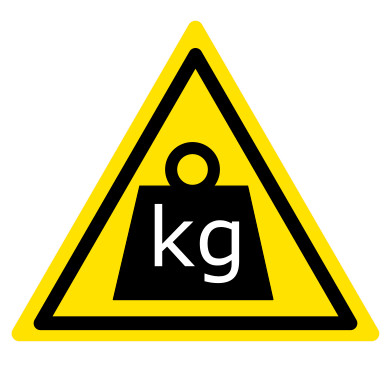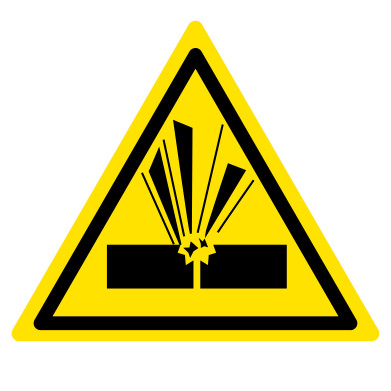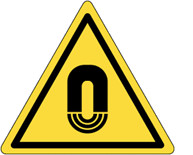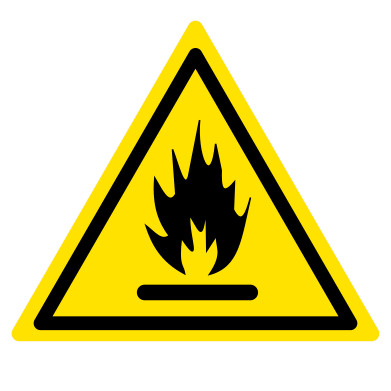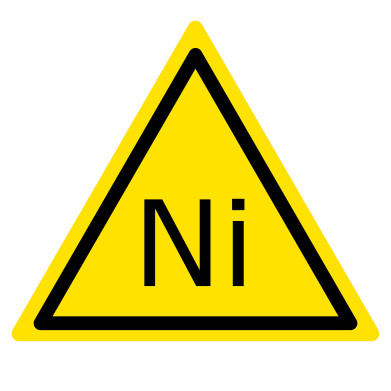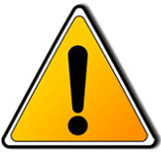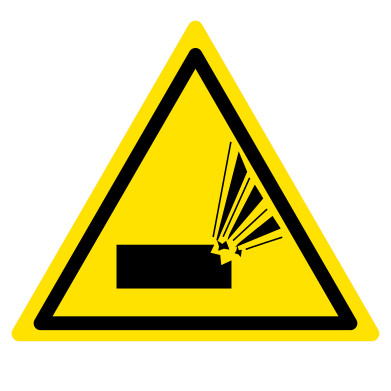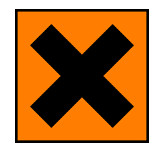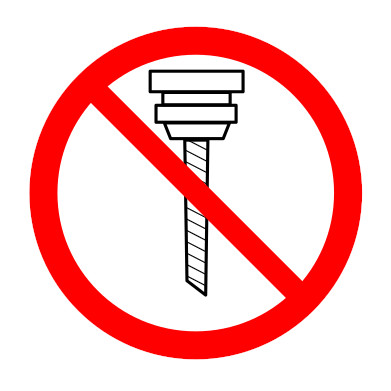Technical Support for Permanent magnets
Our laboratory offers all the technical support necessary for the needs of our customers, to answer any questions regarding the design of magnetic applications, the analysis of finished elements.
We are equipped with digital flow meters, hysteresograph, magnetizers etc.
We are able to control your magnets, provide you with all the technical information about them and offer solutions in step with the latest innovations in the field of magnetic materials.

